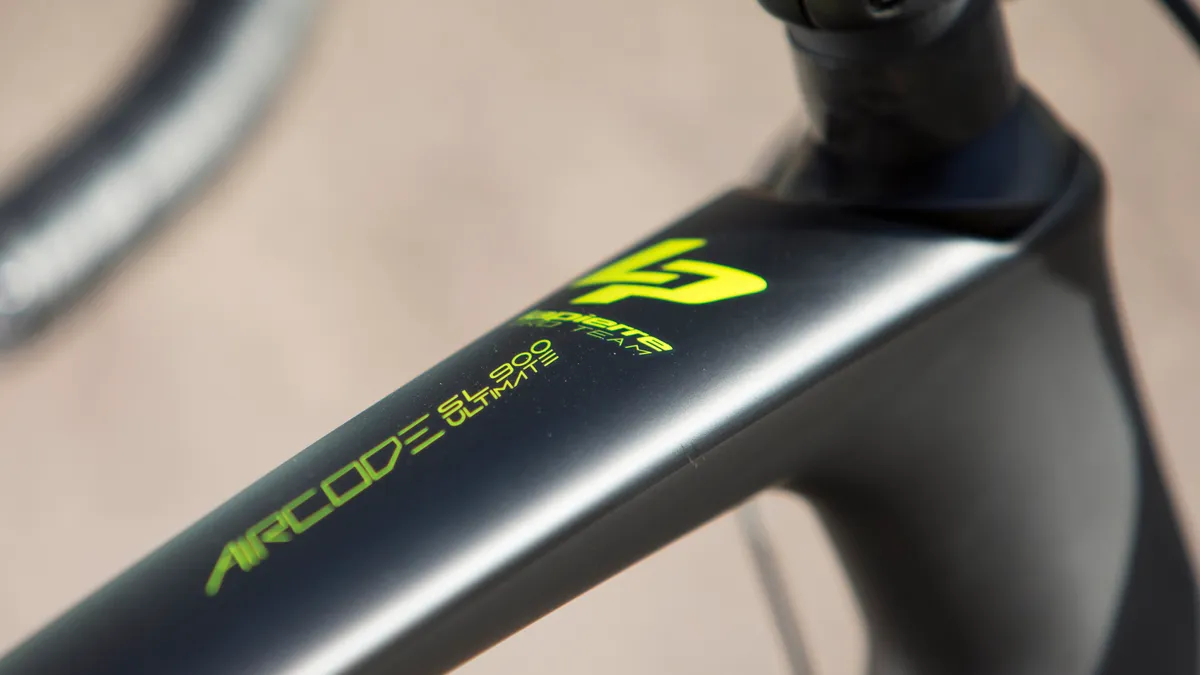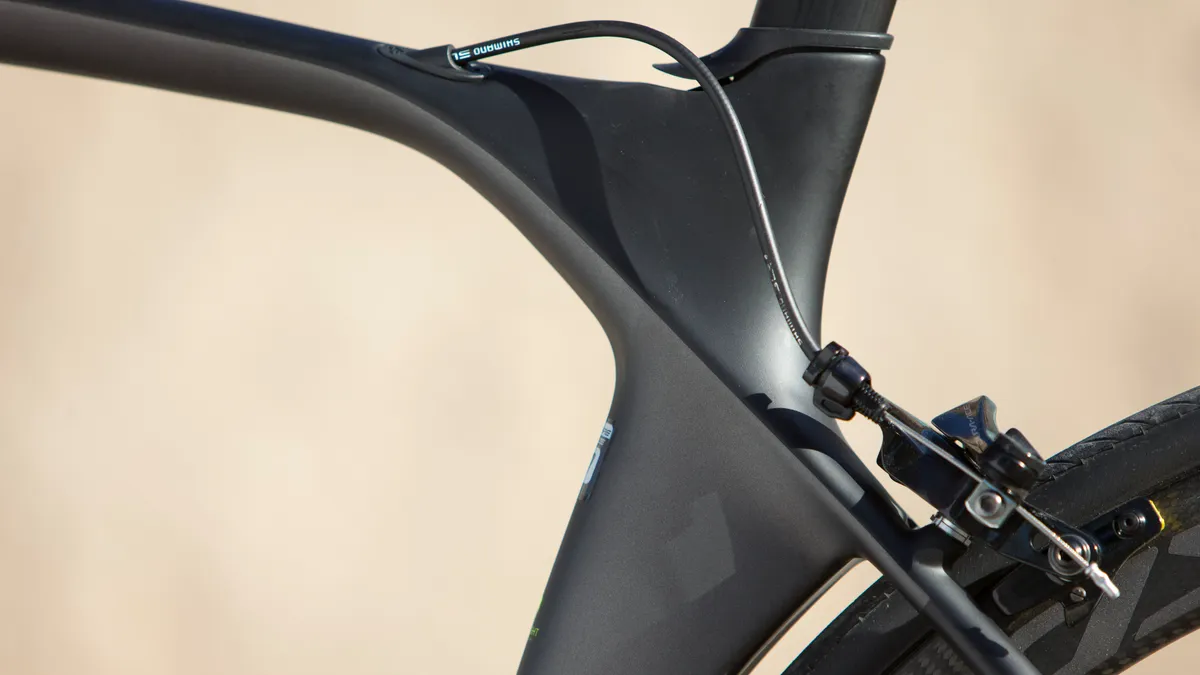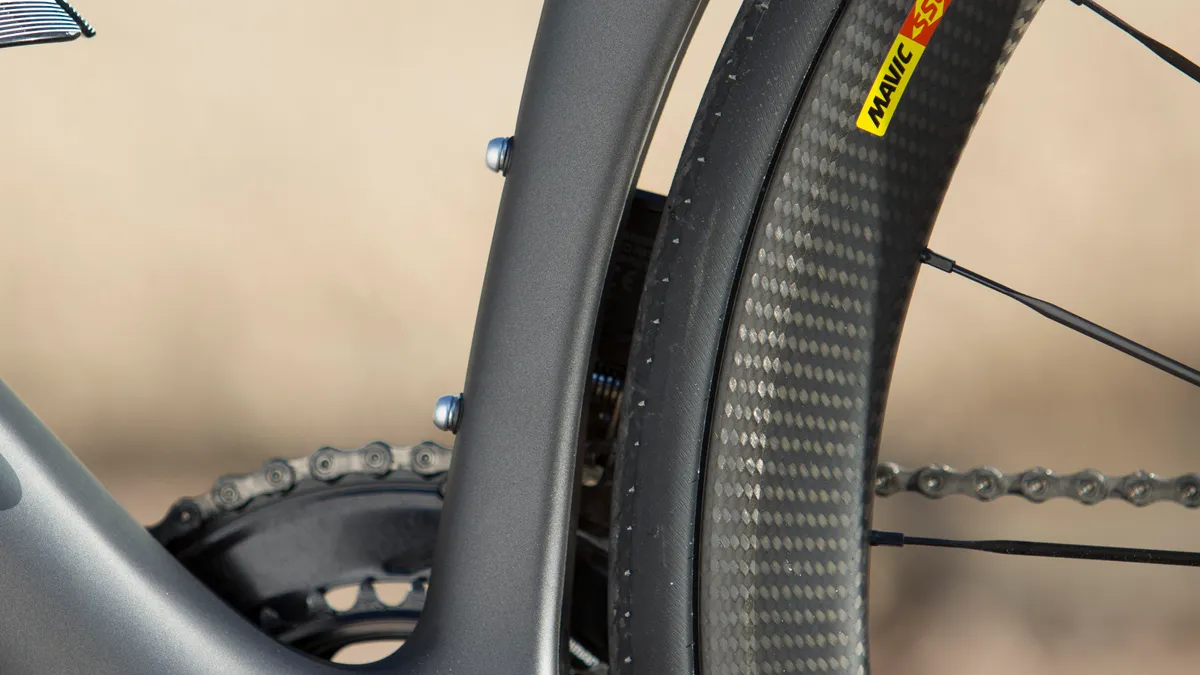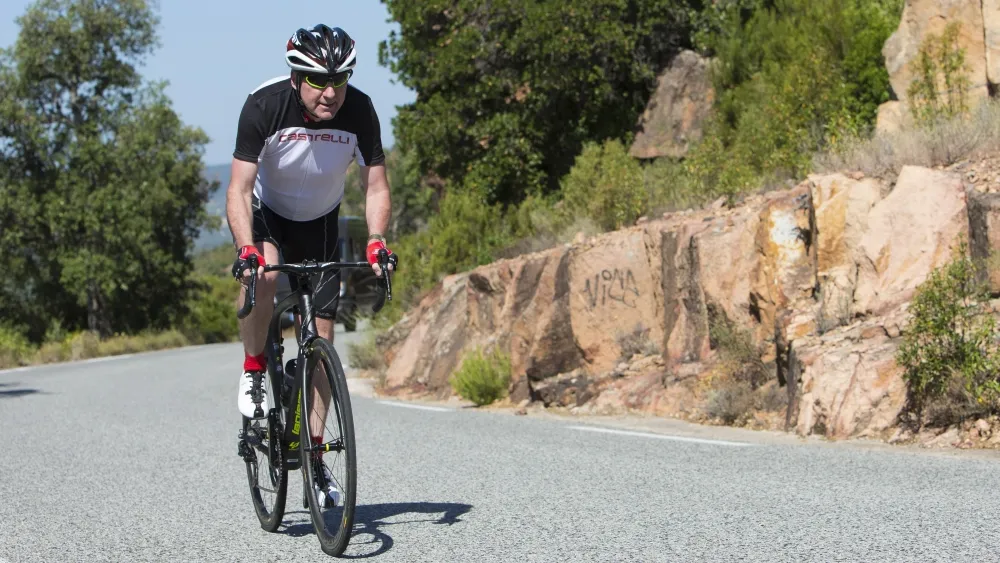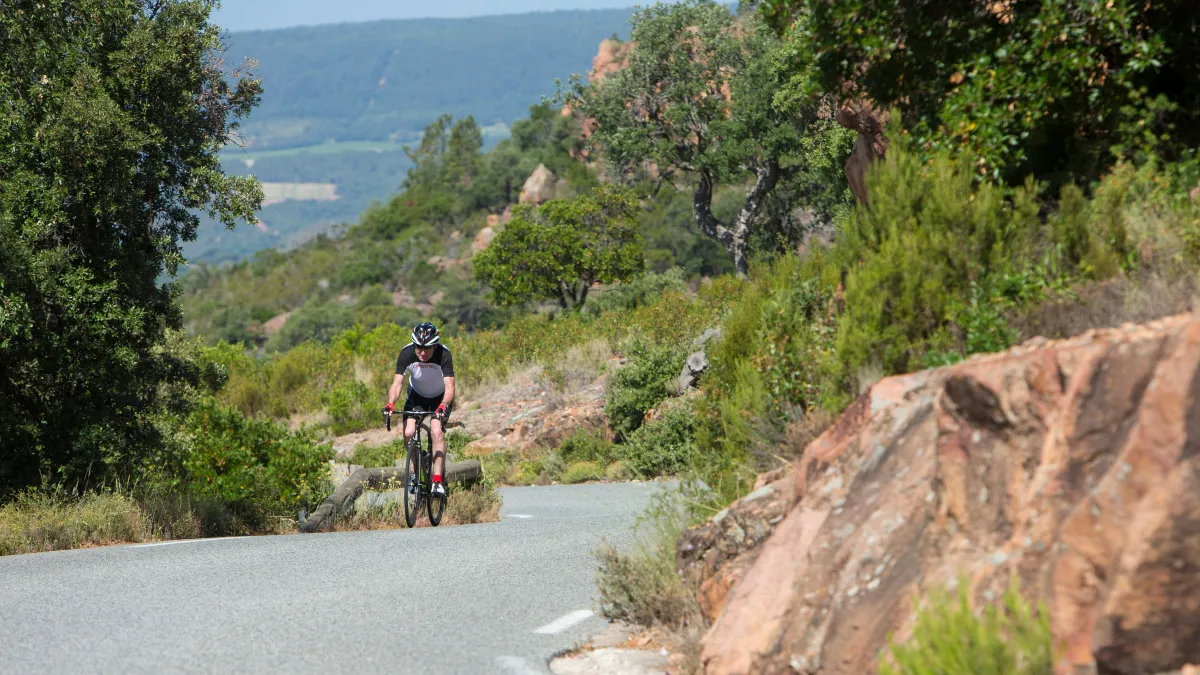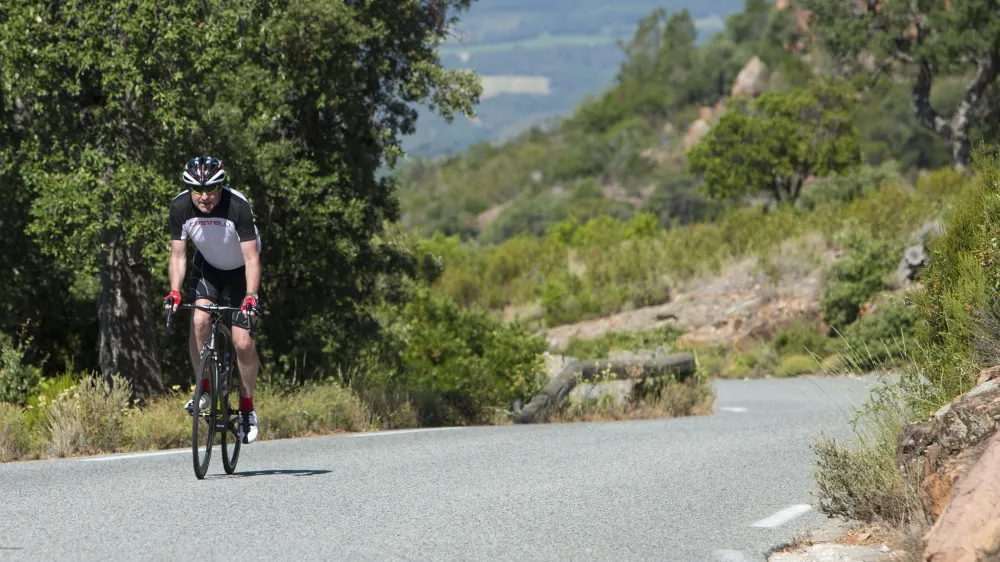Lapierre has revamped two of its bikes this year, the endurance-flavoured and elastomer-equipped Pulsium and this new, second-generation Aircode.
- 2018 Lapierre Pulsium 900 FDJ Ultimate first ride review
- Top 5 2018 bikes the pros are already riding
According to Lapierre’s head of R&D, Rémi Gribaudo, the original incarnation of the Aircode was “missing a little something” in the sprint, and the Lapierre-riding FDJ team tended to prefer the Xelius.
The aim for the 2018 Aircode was to match the Xelius’ more dynamic handling in a bike with improved aerodynamics, while keeping things as simple as possible — a machine designed for the rouleur and sprinter.
Since riding the Aircode in June, FDJ sprinter Arnaud Démare notched up a victory on the Aircode in stage 4 of the Tour de France.
Handling and aero improvements
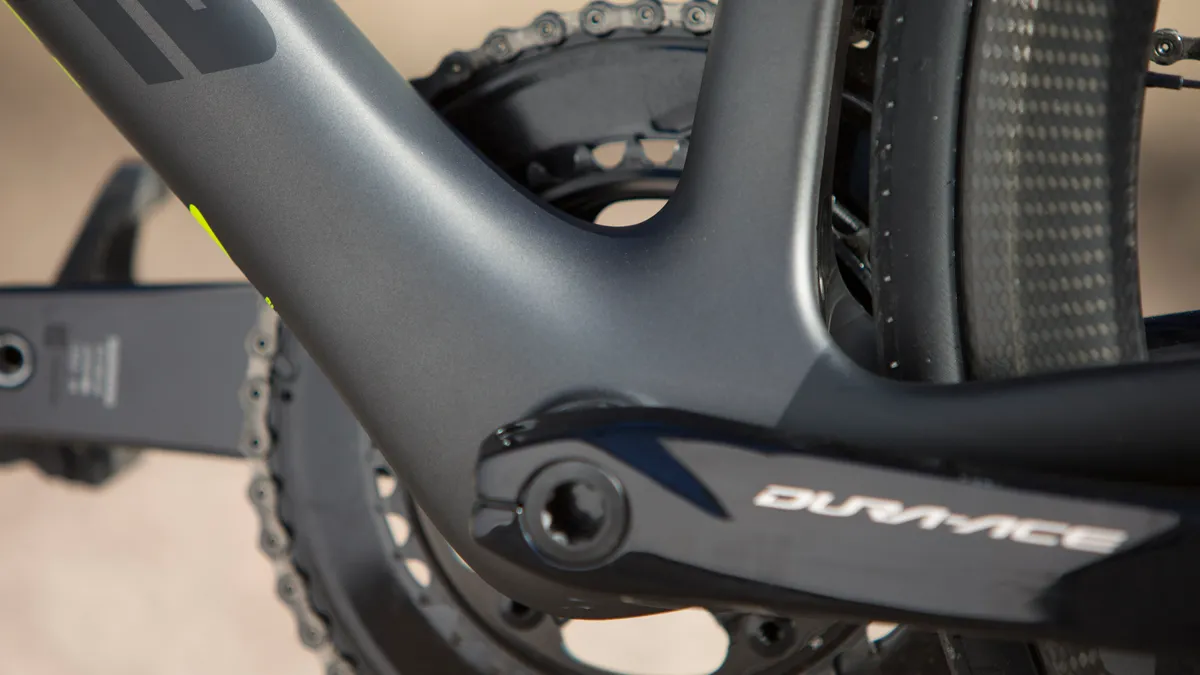
Aside from updates to the geometry, changes for 2018 include a new aero seatpost, a lower cockpit that’s integrated for slammed stems, direct-mount brakes and a Di2 battery that is now housed in the bottom bracket shell.
The aero seatpost is accompanied by frame tubes featuring NACA and Kamm tail profiles. A Kamm tail is a teardrop profile with a cut-off rear that replicates the aerodynamic qualities of a full-length teardrop, while NACA is the National Advisory Committee for Aeronautics — and the Aircode’s fork has one of its aero profiles.
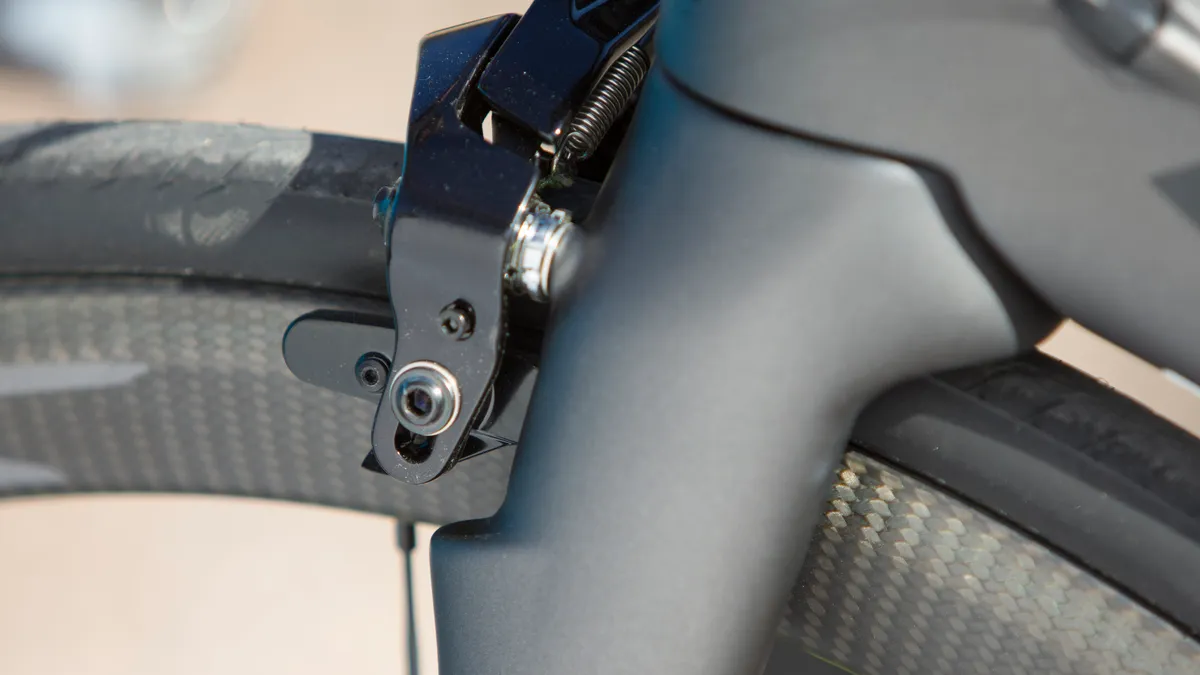
“The down tube transitions gradually from NACA to Kamm tail”, Lapierre explains, “as lateral stiffness nearer the bottom bracket increases in importance.”
Fork rake has been reduced so that its cornering resembles that of the Xelius and the chainstays have been trimmed from 408mm to 405mm, the same as the Xelius.
Lapierre says this gives “the Aircode improved stiffness and better power transmission for faster acceleration”, which should aid the handling too.

While aero seatposts are naturally less comfortable than round seatposts, as they offer less vertical compliance (oh, how we love that phrase), Lapierre’s engineers have added a rubber insert to compensate for this by building in more vertical compliance.
The ‘Trap Door’ for the Di2 battery has the double benefit of putting the weight lower down where it has less effect on handling and making it easier to access, which was a request made by FDJ technicians.
The close link between Lapierre and FDJ is something Lapierre is keen to emphasise, with FDJ former pro Sébastien Joly now employed as the team’s trainer and product tester.
FDJ’s riders tested the Aircode at their Calpe training camp, reporting back on the bike’s handling and dynamism, and Lapierre says this directly influenced the design of its bikes.
I was unable to test the bike in a wind tunnel (they’re not cheap, apparently), but did put in some miles in hot conditions over varying topography in the south of France to test its handling — if not its aerodynamic — credentials.
Ride impression
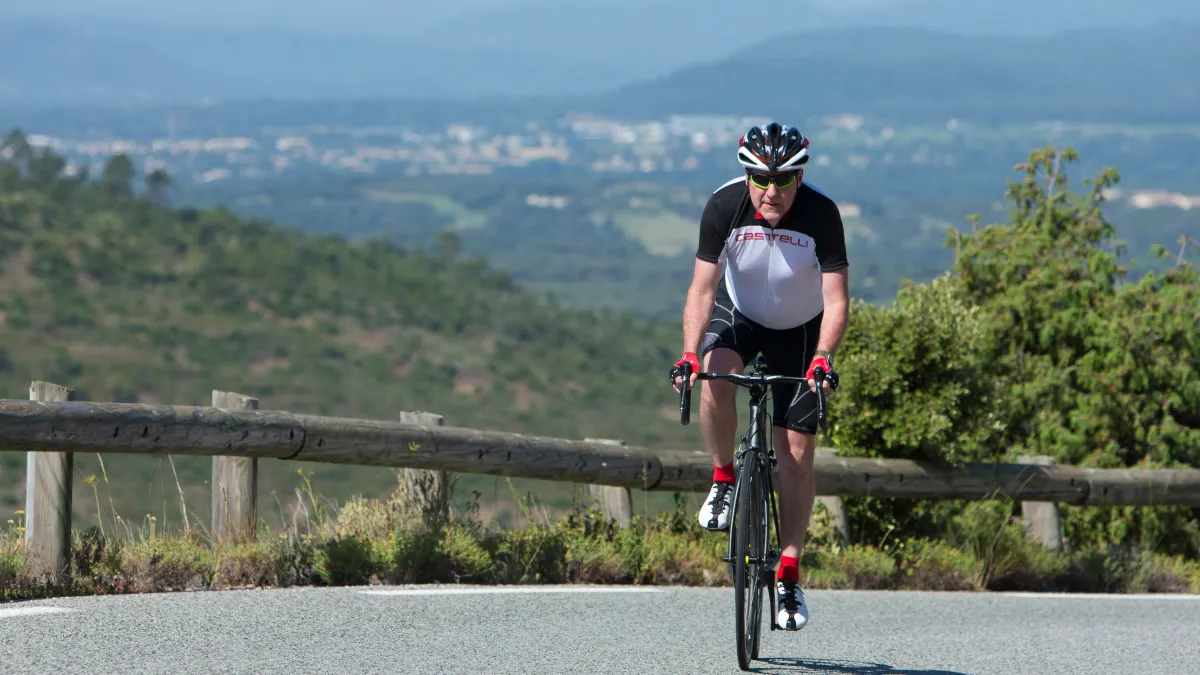
My ride was led by former British pro Kieran Page, who’s based in the area and knows the roads like a local. This meant I was able to follow his riding lines on the descents, allowing me a much higher speed than would normally be the case on an unknown route.
On the ride, the chain-gang tapped out a comfortable rhythm at 20mph-plus without issue, and the handling was light and accurate, while the new seatpost’s elastomer really does take the sting out of rougher roads.
Wind in my hair? Not with a helmet on and a thinning thatch, but this Aircode flies downhill with an absolute sense of control, aided by the excellent direct-mount Dura-Ace brakes. These provide good control with the Mavic Cosmic’s carbon rims, though there was no rain to test their wet-weather performance.
My cycling tends to veer towards the endurance rather than the racy, with comfort, handling and all-round ‘rideability’ trumping all-out speed every day of the week — if you’re doing a 100-mile-plus ride you want to be able to ride again the next day — and the new Lapierre Aircode feels like it may well offer this. However, given its Tour stage-winning record, it serves up a bike sharp enough for the pro peloton’s sprinters too.

Lapierre has tried to balance different needs in its new Aircode to create a bike that satisfies the ‘everyman’ rider as well as the professional.
My first impressions, based on a day’s riding, are that Lapierre may well have hit the spot. The seatpost is comfortable, the handling is dynamic and the aggressively aero Zipp cockpit is more comfortable than it looks.
And as with the best of today’s aero road bikes, improved aerodynamics no longer seem to come with any compromises in handling or frame stiffness.
Pricing and availability
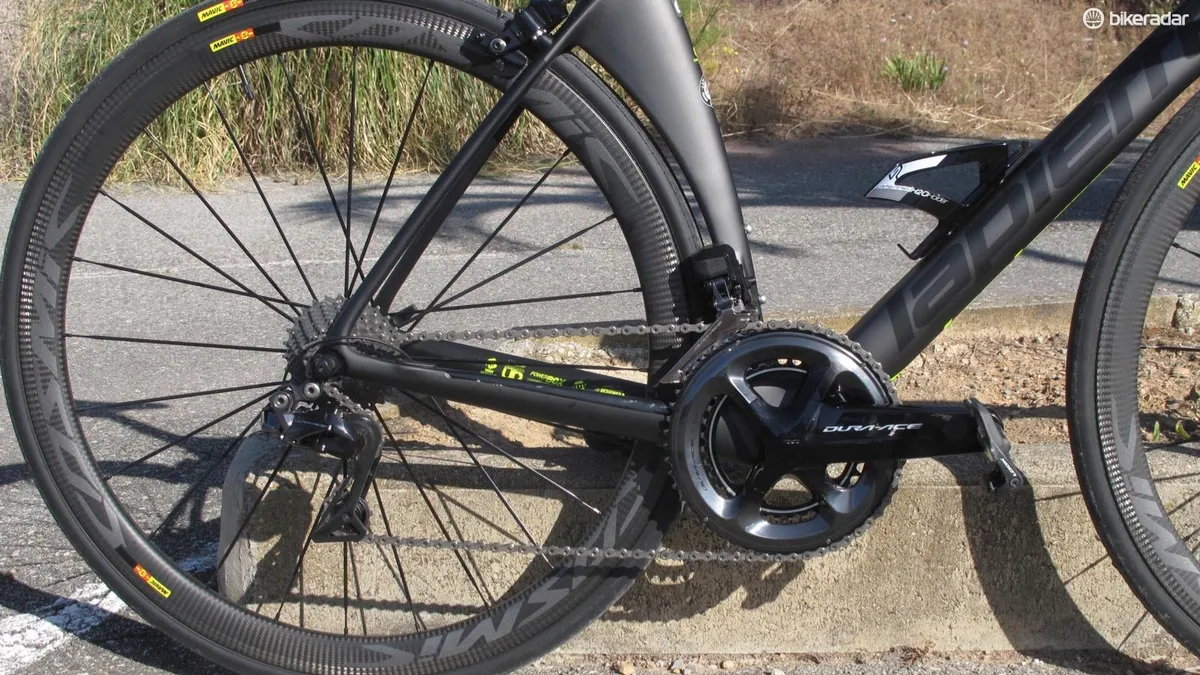
The seven-model Aircode range is topped by the 900 Ultimate Pinot, with Shimano Dura-Ace Di2 and Mavic Cosmic Pro Carbon Exalith wheels, going down to the Ultimate 600 with Shimano Ultegra and Mavic Cosmic Elites.
Lapierre has released disc brake-equipped Pulsiums, but it is awaiting the results of wind tunnel testing before launching a disc-braked Aircode.
Prices will be confirmed in late August or September.

